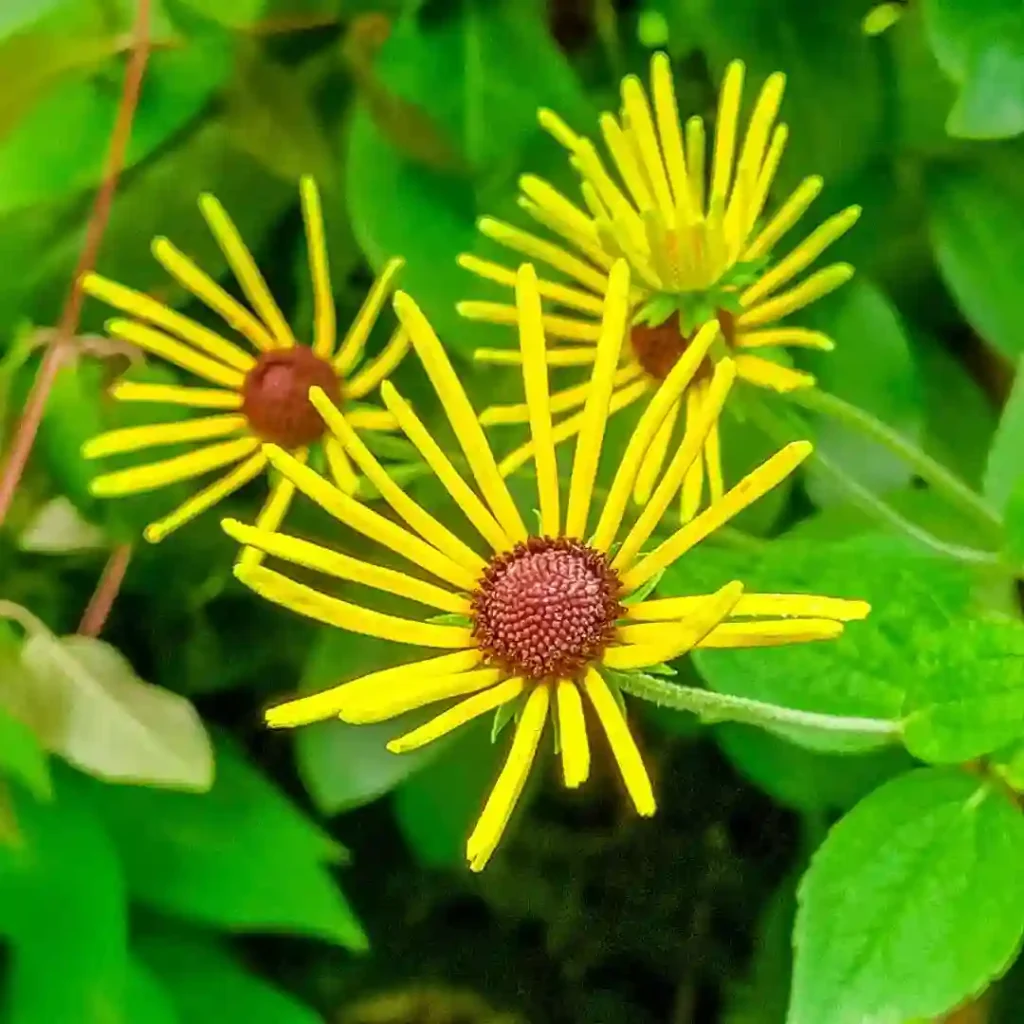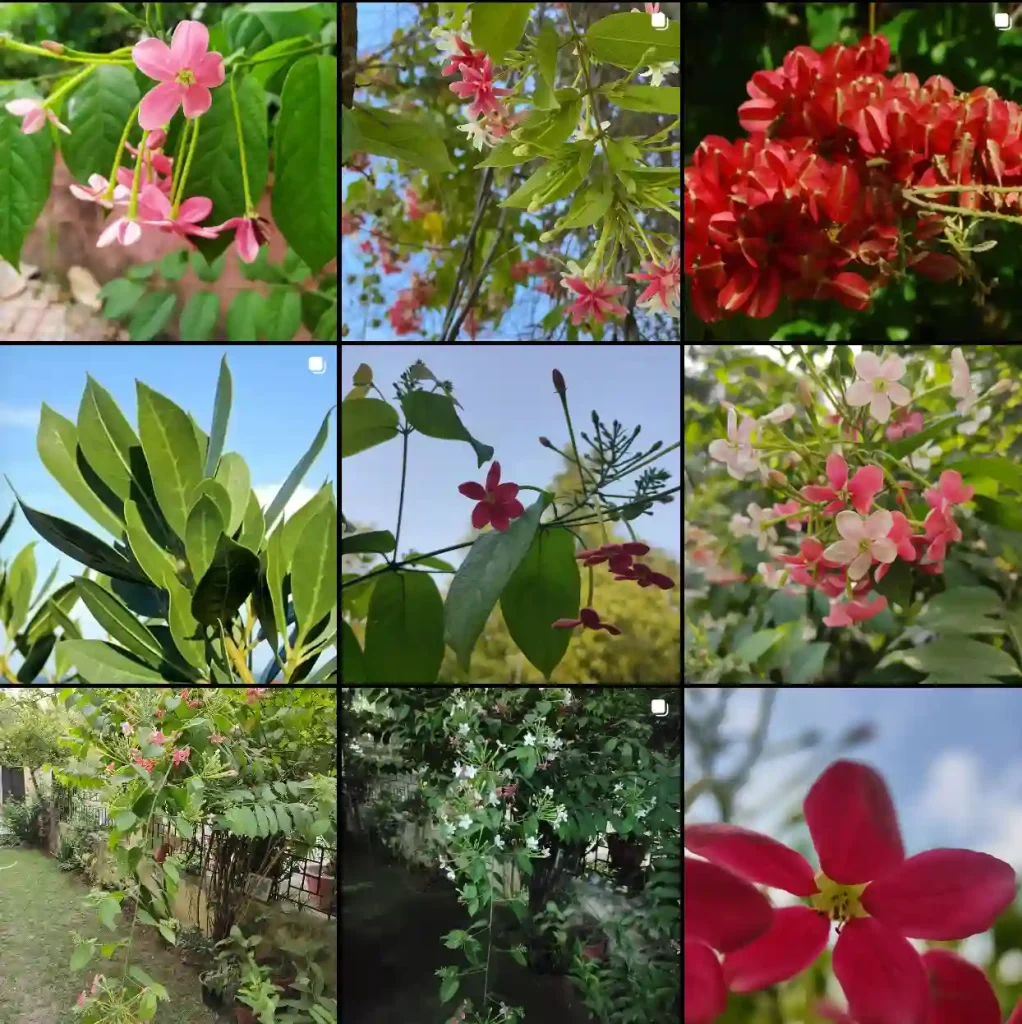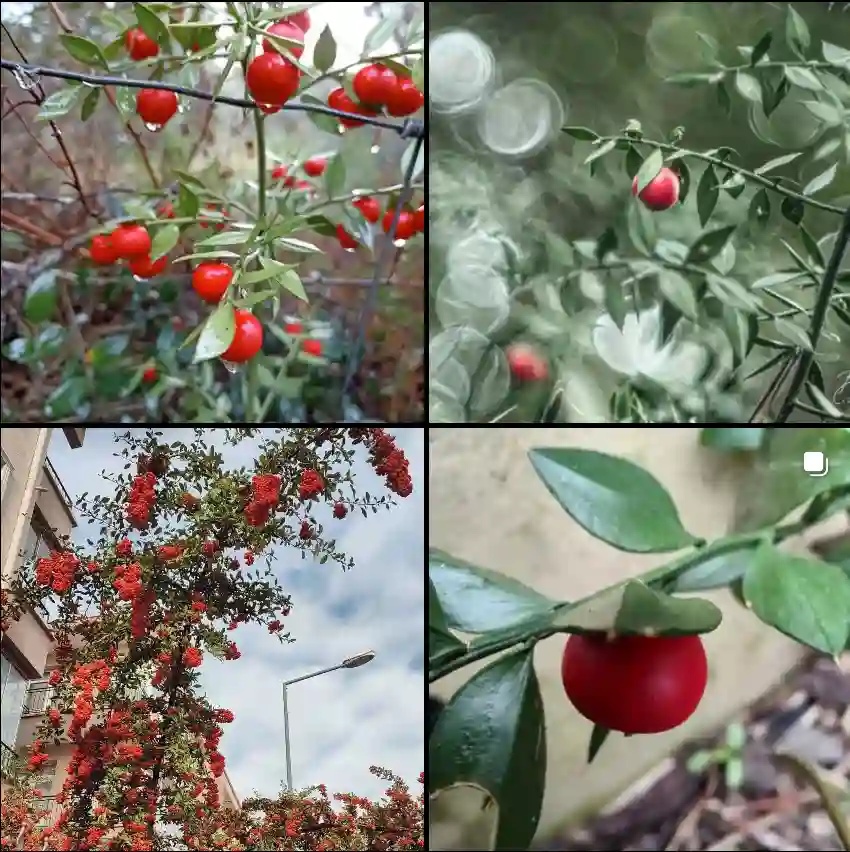FAQs About Purple Sensation Hosta
When it comes to adding a splash of vibrant color to your garden, the Purple Sensation Hosta stands out. As a fan of this stunning plant, I’ve gathered some frequently asked questions to help you get the most out of your Purple Sensation Hosta.
31 Species in Genus Hosta
What is Purple Sensation Hosta?
Purple Sensation Hosta is a perennial plant known for its striking foliage and unique purple flowers. This variety of hosta features heart-shaped, dark green leaves with a subtle blue undertone, adding depth to any garden. The plant is especially admired for its tall, lavender-purple flower spikes that emerge in mid-summer, creating a vivid contrast against its foliage.
How to Care for Purple Sensation Hosta?
Caring for Purple Sensation Hosta is relatively simple, making it an excellent choice for both novice and experienced gardeners. Here are some key tips:
- Light Requirements: Purple Sensation Hosta thrives in partial to full shade. It can tolerate some morning sun, but too much direct sunlight can scorch the leaves and diminish its vibrant colors.
- Soil Conditions: This hosta prefers well-drained soil enriched with organic matter. A rich, loamy soil with good moisture retention is ideal. Ensure the soil is consistently moist but not waterlogged.
- Watering: Regular watering is crucial, especially during dry spells. However, avoid overwatering as this can lead to root rot. The soil should remain evenly moist, but be careful not to let it become soggy.
- Fertilization: Fertilize Purple Sensation Hosta in early spring with a balanced, slow-release fertilizer. This will provide the necessary nutrients for healthy growth and vibrant blooms.
- Pruning and Deadheading: Remove any yellowing or dead leaves to maintain the plant’s appearance and prevent disease. Deadhead spent flowers to encourage further blooming and prevent self-seeding.
How to Propagate Purple Sensation Hosta?
Propagating Purple Sensation Hosta is an easy process and can be done through division. Here’s how:
- Timing: The best time to divide hostas is in early spring or late summer when the plant is not in full bloom. Early spring division allows the plant to establish itself before the growing season begins.
- Process: Carefully dig up the hosta clump with a garden fork, taking care not to damage the roots. Divide the clump into smaller sections, each with a healthy root system and a few shoots. Replant the divided sections in new locations or pots.
- Planting: Replant the divisions at the same depth they were previously growing. Water thoroughly and mulch around the base to retain moisture and protect the roots.
What to Plant with Purple Sensation Hosta?
Pairing Purple Sensation Hosta with complementary plants can enhance its beauty and create a cohesive garden design. Here are a few suggestions:
- Ferns: Ferns, such as Japanese Painted Fern or Lady Fern, complement the hosta’s foliage and add texture to the garden. Their delicate fronds contrast nicely with the broad hosta leaves.
- Astilbe: Astilbe’s feathery flowers and fern-like foliage blend well with the hosta’s leaves. Astilbe thrives in similar conditions, making it a great companion plant.
- Brunnera: Brunnera, or False Forget-Me-Not, features charming blue flowers that can echo the hosta’s purple blooms. Its foliage also provides a nice contrast.
- Hosta Varieties: Combining different hosta varieties, such as those with variegated leaves or different colors, can create a lush, multi-dimensional look.
How to Deal with Common Issues?
While Purple Sensation Hosta is relatively low-maintenance, it can face a few challenges:
- Slugs and Snails: These pests can cause significant damage by eating the leaves. Use barriers, traps, or natural deterrents to keep them at bay.
- Leaf Spot Diseases: Fungal infections can cause spots or discoloration on the leaves. Improve air circulation around the plant and avoid overhead watering to minimize the risk of disease.
- Overwatering: Ensure proper drainage to prevent root rot. If the soil remains too wet, reduce watering and improve soil aeration.
In summary, Purple Sensation Hosta is a beautiful and resilient addition to any garden. With proper care and maintenance, this hosta will thrive and continue to bring vibrant color and texture to your outdoor space. Whether you’re new to gardening or a seasoned enthusiast, incorporating this hosta into your garden will undoubtedly enhance its beauty and charm.
If i die, water my plants!



